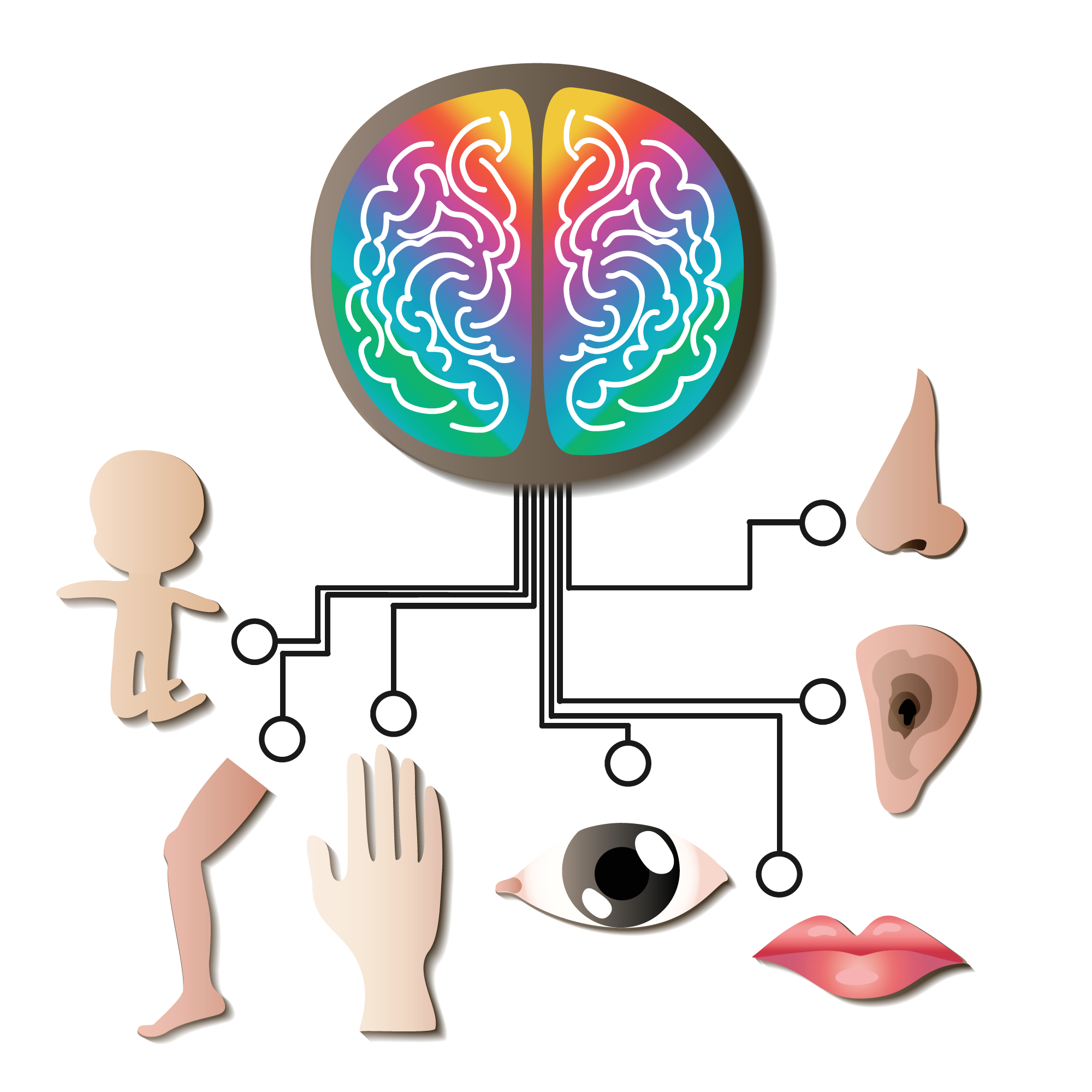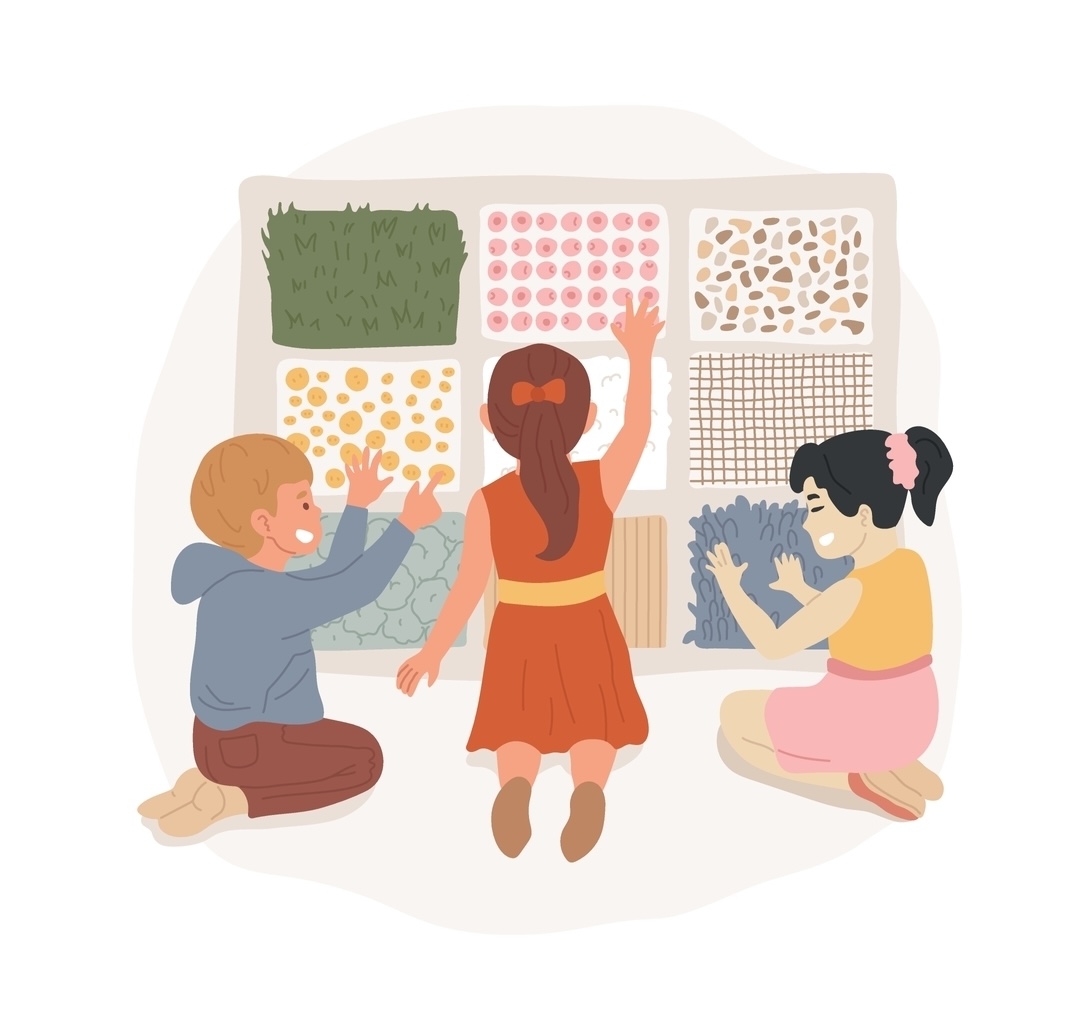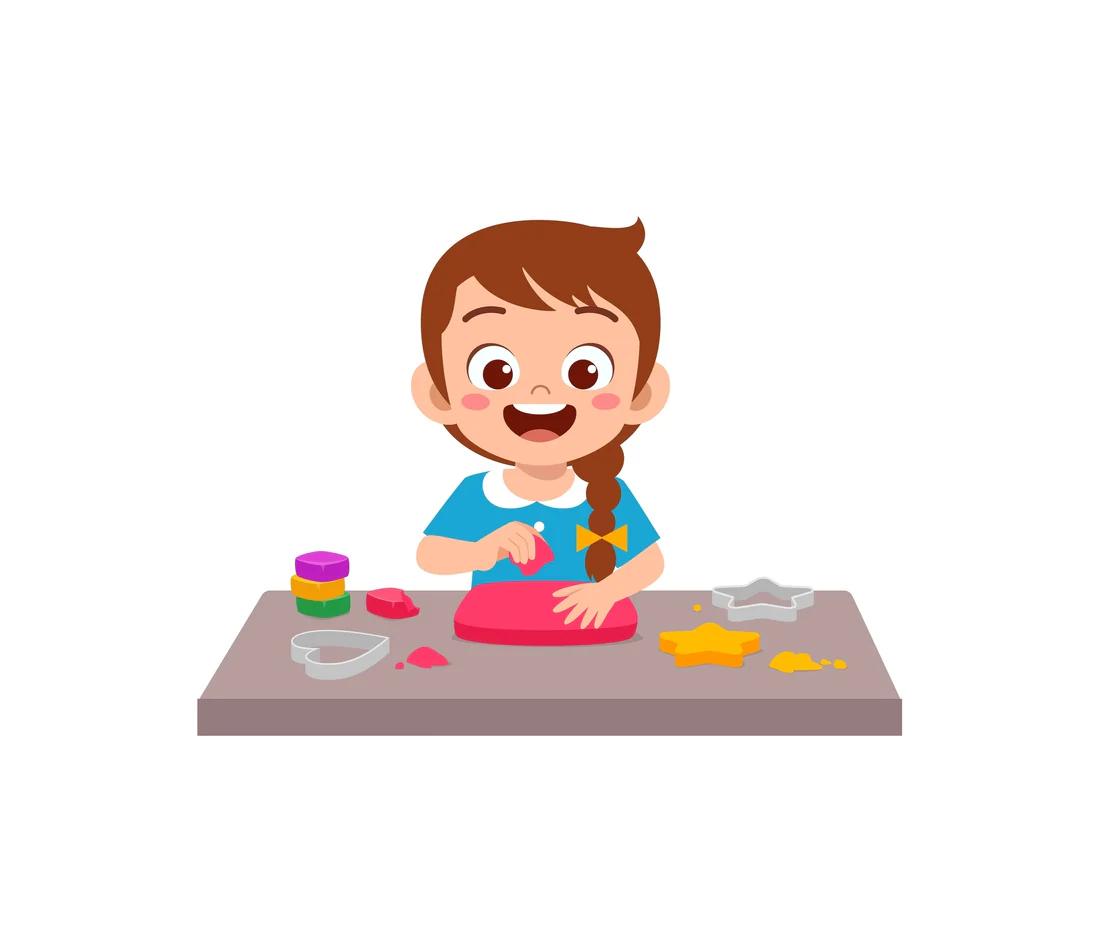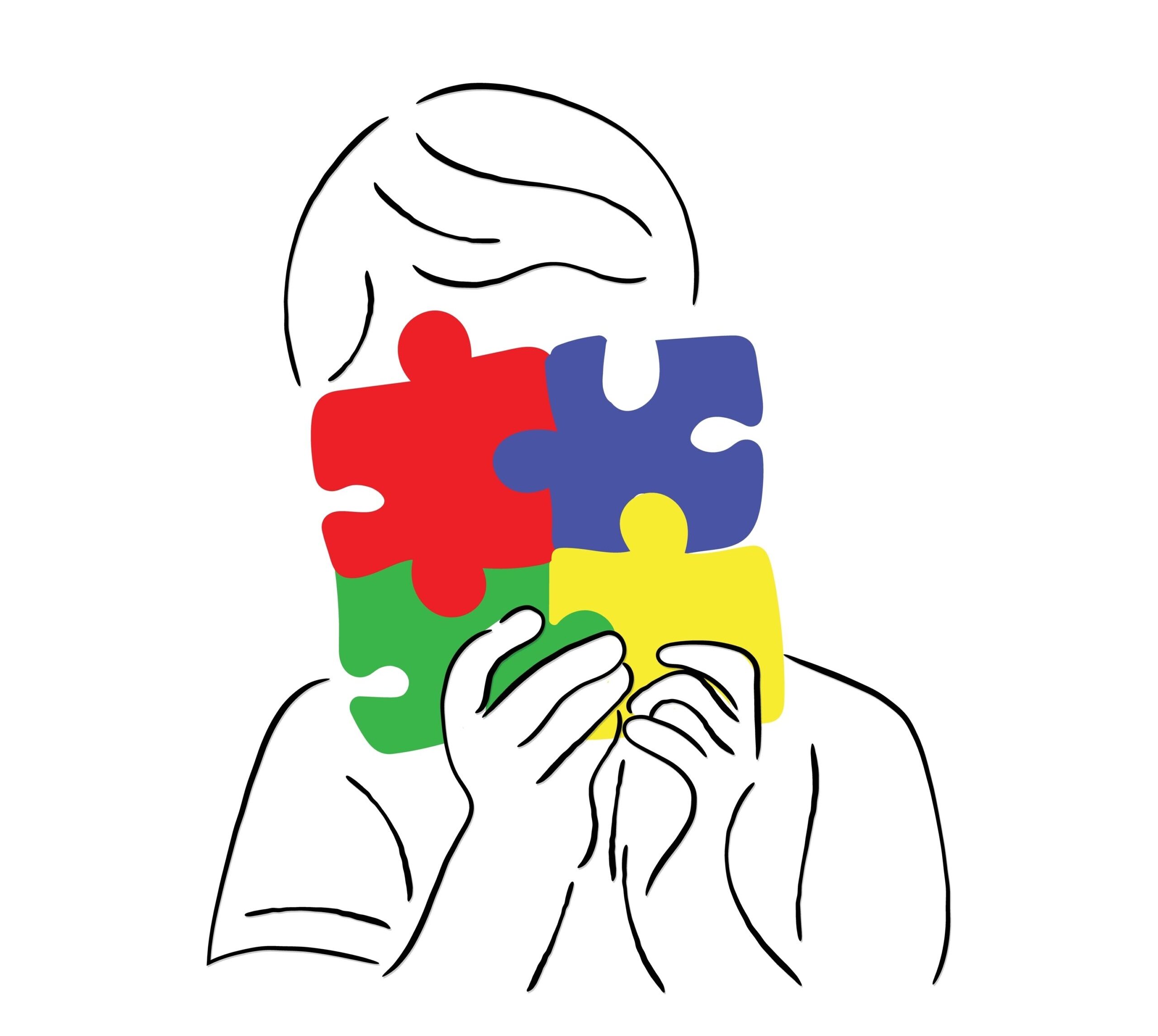
Blog
Enhancing Child Development Through Sensory Play
Author: DrSensory
February 23, 2025
Enhancing Child Development Through Sensory Play
Sensory play is much more than just fun—it’s a powerful tool for fostering your child’s development across multiple domains. From squishing playdough to painting with fingers, sensory play creates a world of exploration and learning, stimulating a child’s five senses and even engaging muscles, movement, and balance. At DrSensory, we believe in the transformative potential of sensory play to help children grow, thrive, and connect with the world around them.
This article dives deep into how sensory play can boost key areas of child development, highlights specific activities you can incorporate into your child’s routine, and shares inspiring stories of its profound impact.
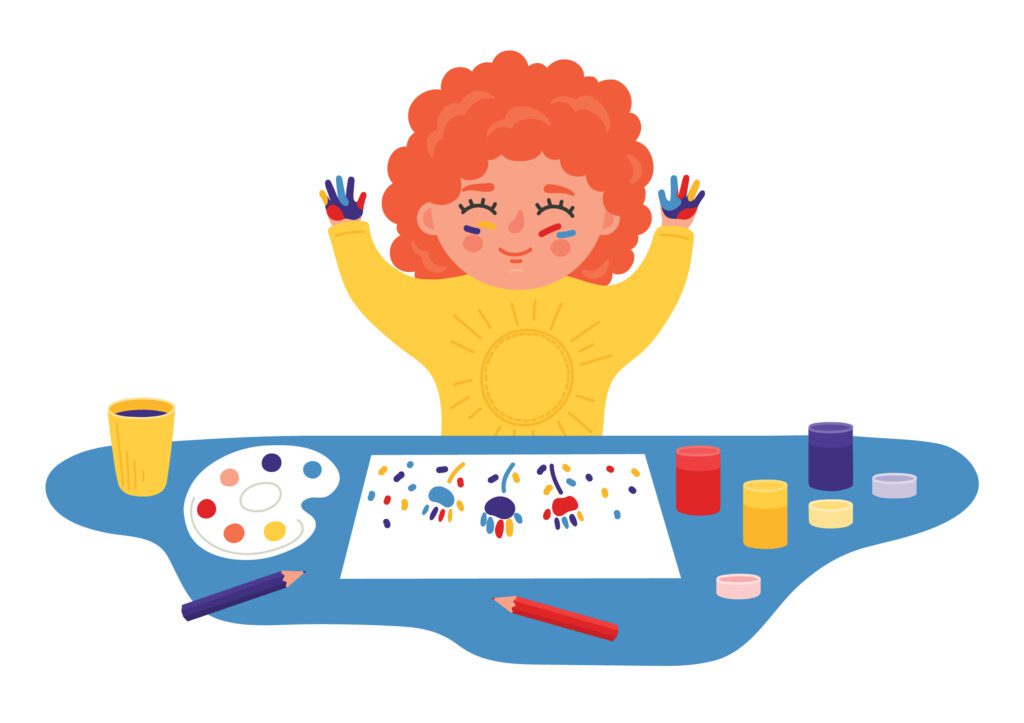
What is Sensory Play?
Sensory play encompasses activities that engage a child’s senses—touch, smell, taste, sight, hearing, and even movement and balance. These activities help children make sense of the world while supporting physical, cognitive, social, and emotional growth.
Essentially, sensory play is any activity that allows a child to manipulate and explore using their senses. Playing in sand, splashing in water, crafting with paper and paint, or preparing snacks in the kitchen—these seemingly simple activities promote positive growth in extraordinary ways.
Developmental Benefits of Sensory Play
Engaging in sensory play doesn’t just keep kids entertained—it contributes substantially to their development. Here are some key ways it helps:
1. Cognitive Development
Sensory play enhances problem-solving skills and helps children understand concepts like cause and effect. For example, when pouring water from one container to another, a child begins to notice how volume works. Figuring out how to stack sand molds or manipulate clay fosters critical thinking and creativity.
2. Language Development
Sensory experiences present opportunities for children to expand their vocabulary and communication skills. For instance, describing a texture as “grainy,” “squishy,” or “smooth” helps children associate words with sensory experiences, contributing to a richer vocabulary. Activities like cooking and nature walks also encourage conversations, boosting self-expression.
3. Social-Emotional Growth
Sensory activities like group arts and crafts or outdoor play introduce concepts like cooperation and sharing while enabling kids to express their emotions. A child might feel comforted as they swirl paint on paper or release pent-up energy playing in the sand, fostering emotional self-awareness.
4. Fine Motor Skills
Through actions such as cutting, drawing, and grasping small objects, sensory play refines hand-eye coordination and strengthens dexterity, paving the way for improved handwriting and craft skills.
5. Gross Motor Development
Active forms of sensory play—like nature walks, jumping through puddles, and navigating an obstacle course—support balance, coordination, and overall body awareness.
By offering varied sensory activities, caregivers and educators can promote balanced development across these areas and adapt play to suit the needs of each child.

Sensory Activities to Enhance Development
Now that we understand the benefits, let’s explore carefully curated sensory activities that you can easily incorporate at home or in educational settings.
1. Water Play
Water play is both calming and stimulating—a perfect mix! Children can pour, scoop, and splish-splash their way to learning. Activities like adding floating toys, dyeing water with food coloring, and using measuring spoons encourage curiosity and discovery.
- Developmental Focus: Cause and effect, fine motor control, and calming sensory feedback.
2. Sand Play
Playing in sand encourages tactile exploration. Whether building sandcastles or tracing letters, kids improve their motor skills while getting comfortable with different textures.
- Case Study: A shy child with tactile aversions gradually embraced textures through guided sand and water play. Over time, this child not only overcame sensory hesitations but also grew comfortable exploring new textures in daily life.
3. Nature Walks
Take your child outdoors to interact with the smells, sounds, and sights of nature. Encourage them to collect leaves, pebbles, or flowers and talk about their observations.
- Personal Story: A parent shared that introducing nature walks to their child’s weekly routine dramatically improved the child’s attention span and natural curiosity.
4. Cooking
Invite your child to mix, measure, and create simple recipes. Cooking combines tactile experiences (kneading dough, mixing ingredients) with opportunities to count and measure, reinforcing math and language skills.
- Case Study: A child with speech delays flourished when participating in cooking activities, learning to communicate preferences and follow instructions effectively.
5. Arts and Crafts
Crafting is a classic sensory activity that blends creativity with fine motor improvements. From tearing paper to molding clay, kids explore shapes, colors, and textures.
- Personal Story: An occupational therapist noted that a child with fine motor challenges showed significant improvement in handwriting and dexterity after regular arts and crafts sessions.
6. Painting and Creative Expression
Finger painting, sponge art, and experimenting with colors provide thrilling experiences for tactile and visual learners. Vibrant colors and different tools for painting foster imagination and sensory exploration.
7. Organic Outdoor Play
Unstructured outdoor play—like climbing, jumping in puddles, or running on grass—gives children an opportunity to strengthen their gross motor skills while exploring their environment.
Stories of Sensory Success
We’ve seen firsthand how sensory play transforms the lives of children and their families. Here are two inspiring examples:
- Overcoming Sensory Challenges: A child with aversions to specific textures initially refused to touch grains of sand or play in water. With guided exposure through playful, low-pressure activities, they eventually began exploring new sensations with enthusiasm, opening up a new world of experiences.
- Improving Communication Skills: A young child with delayed speech learned to express themselves by cooking simple recipes at home. Following instructions and naming their ingredients helped them form sentences and expand their vocabulary.
These real-world stories highlight how sensory play is more than just exploration—it makes a tangible difference.
Tips for Incorporating Sensory Play into Daily Life
- Keep It Simple: Activities like water and sand play require minimal setup but yield significant benefits.
- Encourage Exploration: Allow children to mix, squish, pour, and explore freely without worrying about mess.
- Join the Play: Engage alongside your child. Your participation enhances bonding and helps model positive behaviors.
- Make It Routine: Incorporate sensory play as part of a daily schedule to make it a consistent source of learning and fun.
- Adapt as Needed: Not every activity suits all kids—experiment and tailor play to fit your child’s preferences.

Start Your Sensory Journey Today!
Sensory play is a gateway to growth, joy, and connection. It enriches a child’s development in ways that are both foundational and far-reaching. From boosting cognitive skills to fostering creativity and emotional self-awareness, sensory activities truly unlock a world of possibilities for learning and exploration.
At DrSensory, we’re passionate about empowering children through play. If you’re ready to integrate sensory play into your child’s routine or want tailored recommendations, reach out to us for expert advice. Together, we can help your child achieve their greatest potential—one sensory activity at a time!

related blogs
Your child is constantly moving, crashing into furniture, or having meltdowns in response to seemingly minor things like a loud
Your toddler refuses to wear certain clothes, has huge meltdowns in noisy places, or is an extremely picky eater, limited
Your child seems to miss verbal instructions, struggles to follow conversations in noisy environments, and often asks "what?" even when
On the surface, autism and Ehlers-Danlos syndrome (EDS) might seem like two entirely unrelated conditions. One is a neurodevelopmental condition
The intense head pain begins, lights feel blindingly bright, and every sound seems amplified to an unbearable level. You retreat






































